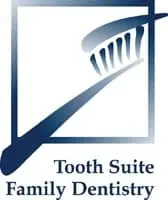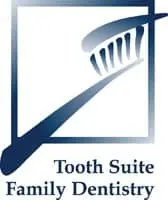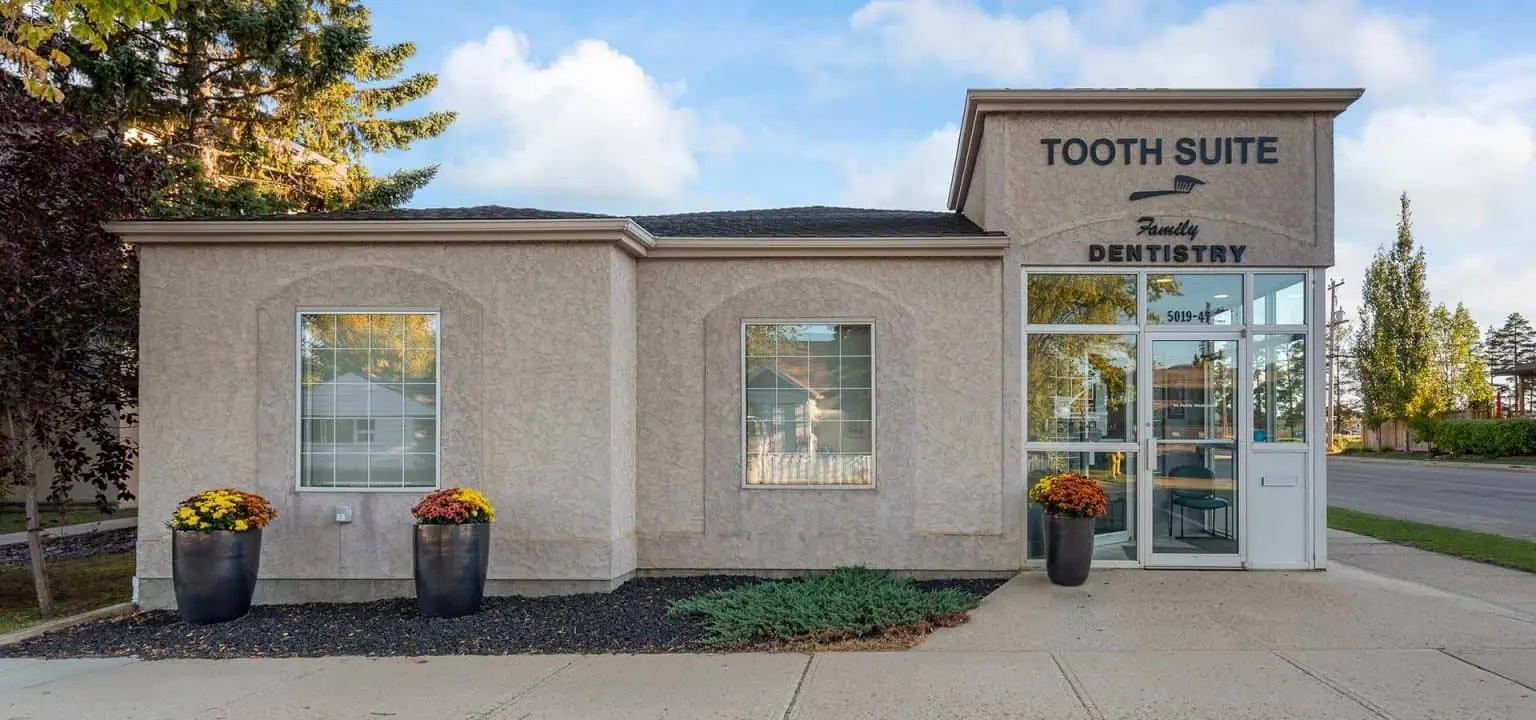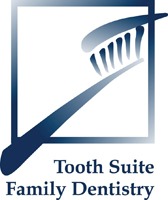
A healthy, dazzling smile greatly influences your overall self-image, while missing teeth can lead to a loss of confidence and may even affect your oral health. Fortunately, dental bridges in Lloydminster are an important way to replace the aesthetic look and function of teeth.
Did you know dental bridges can come in a variety of different forms? If you know the difference between the types of dental bridges and their benefits, you will be able to make an informed decision about your oral health.
What is a Dental Bridge?
A Dental Bridge is a device that replaces lost teeth with artificial teeth, known as pontics, secured by crowns or other structures attached to natural teeth or implants. Dental Bridge treatment restores a natural bite, aids with speech, and prevents adjacent teeth from shifting.
Forms of Dental Bridges
There are four standard types of dental bridges, designed for different applications:
1. Traditional Dental Bridges
Traditional bridges are the most commonly used type. They consist of one or more replacement teeth attached to crowns attached to the nearby natural teeth.
Benefits:
- Robust and long-lasting, with the right maintenance, it could last for many years.
- Natural appearance that matches teeth.
- Full chewing and speaking abilities.
- It is ideal for people who have healthy neighbouring teeth on both sides of the lost tooth.
2. Cantilever Bridges
A cantilever bridge is different from a bridge, as it relies on a crown on only one adjacent tooth for support. This means that if there is only one healthy natural tooth next to the vacant gap, a cantilever bridge can be used.
Benefits:
- Less preparation of teeth than what is required for a traditional bridge.
- Ideal for teeth in areas with low chewing pressure, such as front teeth.
- Best for patients who only have one natural adjacent tooth for support.
3. Maryland Bridges (Resin-Bonded Bridges)
A metal (or porcelain) framework is adhered to the back of the tooth adjacent to the missing one in Maryland bridges, in contrast to crown-based bridges.
Benefits:
- Very little alteration to natural teeth.
- A less invasive alternative to a traditional bridge.Increased aesthetics with porcelain that matches natural teeth.
- Best for missing front teeth.
- Young patients or patients looking for a temporary alternative.
4. Implant-Supported Bridges
Dental implants that are surgically inserted into the jawbone serve as the foundation for implant-supported bridges rather than being fixed to natural teeth.
Benefits:
- Does not rely on natural teeth, preserving their integrity.
- Provides excellent strength, durability, and comfort.
- The thing these bridges will do is stimulate the jawbone not to undergo bone loss which will interfere with tooth loss.
Best for:
- Patients are missing multiple teeth in a row.
- Individuals with sufficient jawbone density to support implants.
Choosing the Right Dental Bridge
The choice of dental bridge depends on several factors, including the location of the missing tooth, the health of surrounding teeth, budget, and personal preferences. Consulting with a dentist is essential to determine the most suitable option based on individual needs.
The Long-Term Benefits of Dental Bridges
No matter which type of dental bridge you choose, they all provide significant benefits that improve oral health and overall well-being.
- Restores Functionality: Missing teeth can make it difficult to chew properly and speak clearly. Bridges help restore these essential functions.
- Maintains Facial Shape: Tooth loss can lead to facial sagging over time. A bridge helps maintain facial structure and appearance.
- Prevents Teeth Shifting: When a gap is left unfilled, adjacent teeth tend to shift, leading to misalignment. A bridge keeps teeth in place.
- Boosts Confidence: A complete smile can significantly improve self-esteem, making social interactions more comfortable.
Caring for Your Dental Bridge
Proper maintenance is key to ensuring the longevity of dental bridges near you. Here are some essential care tips:
- Maintain Good Oral Hygiene: To avoid plaque accumulation, brush and floss your teeth every day, paying special attention to the bridge area.
- Use a Special Floss or Water Flosser: These tools help clean under the bridge where regular floss may not reach.
- Visit the Dentist Regularly: Routine check-ups and professional cleanings help detect any issues early.
- Steer clear of Hard or Sticky foods: Over time, chewing on hard candies or sticky foods can harm the bridge.
Restore Your Smile with Expert Care
If you are considering a dental bridge to restore your smile, professional guidance is essential. At Tooth Suite Family Dentistry, we offer personalized solutions tailored to your unique dental needs. Whether you are looking for Dental Bridges or expert care from a dentist in Lloydminster, we are here to help. Visit us today for a flawless smile!




